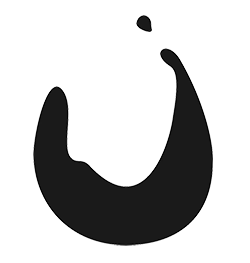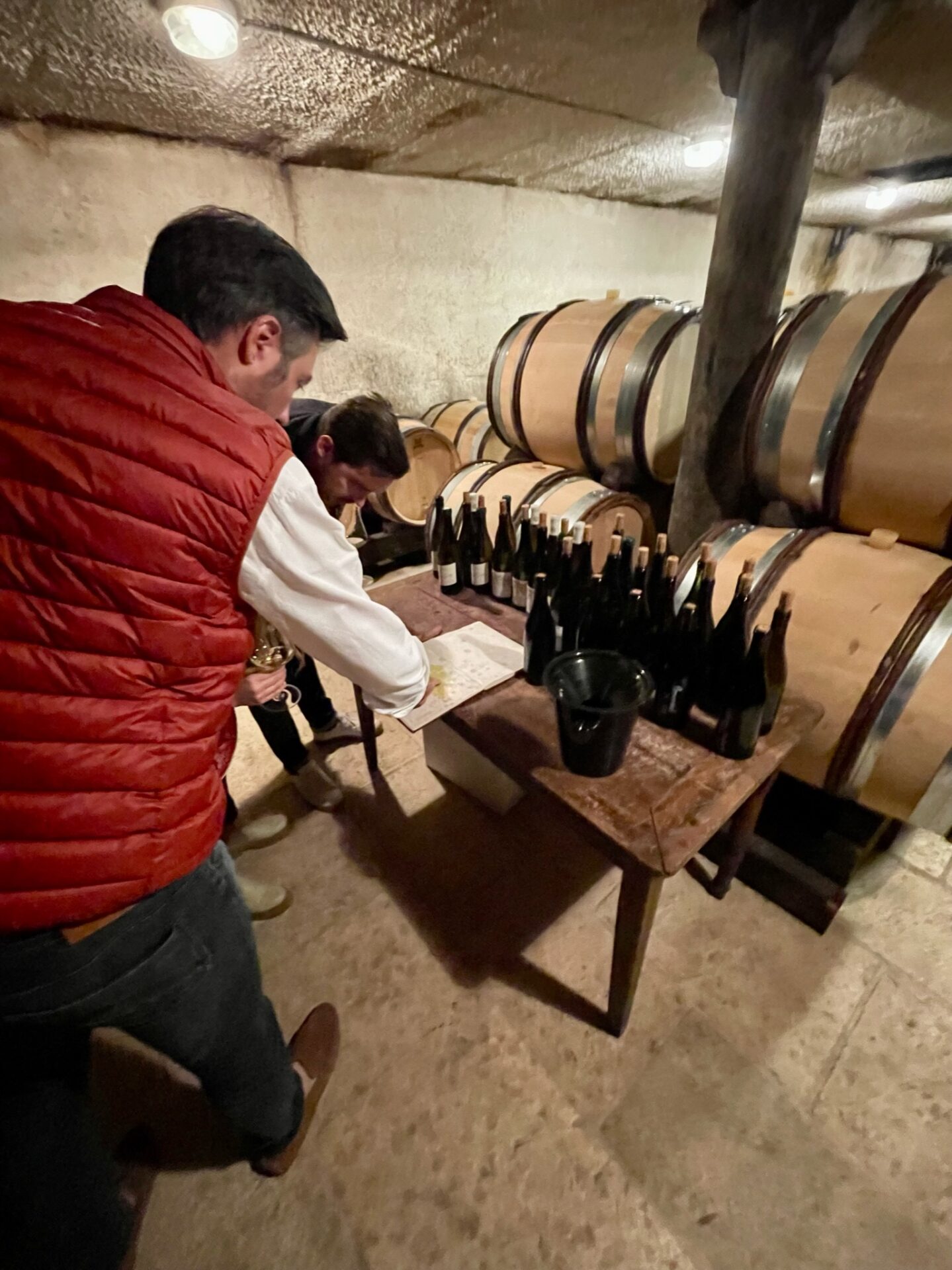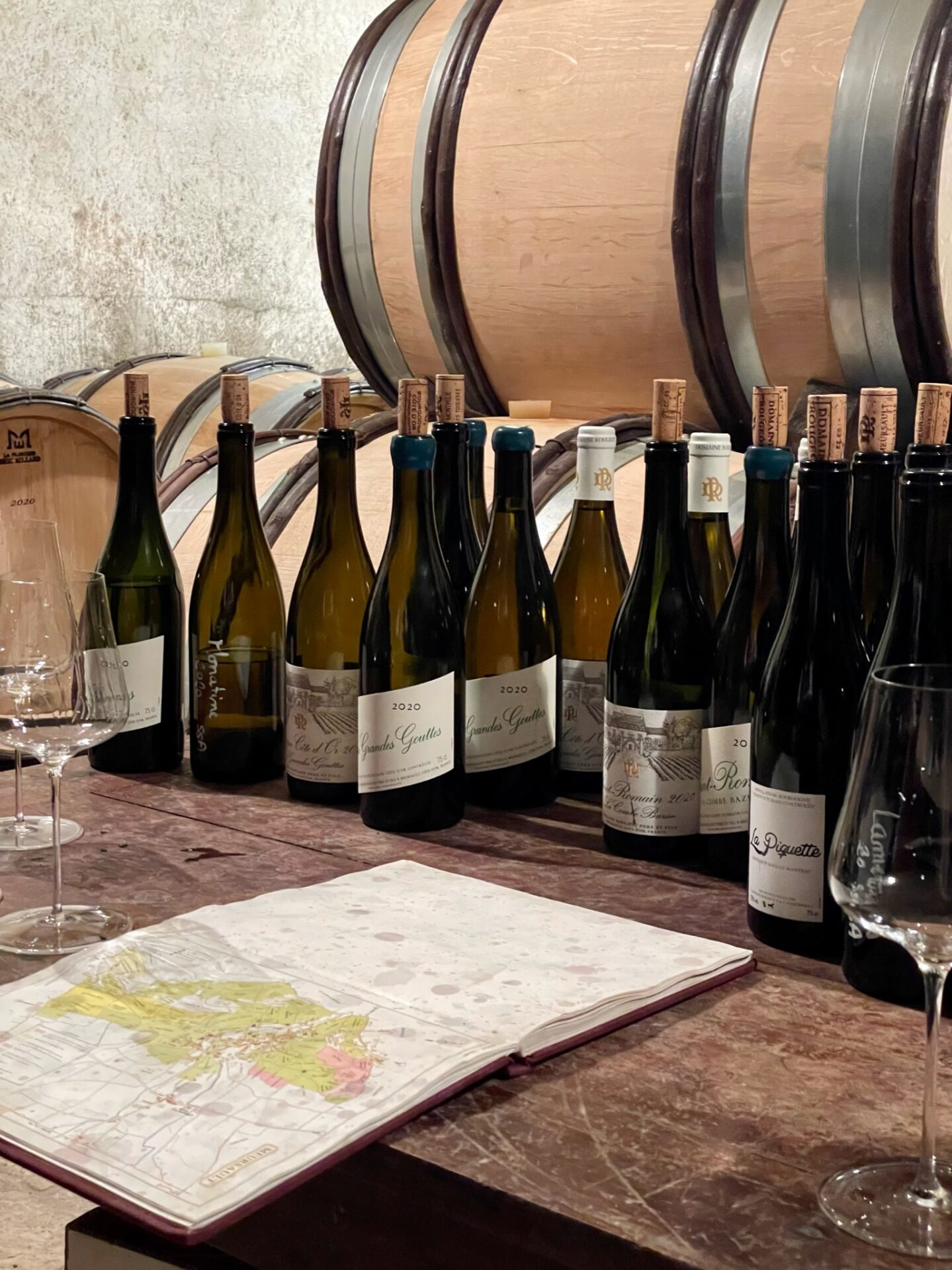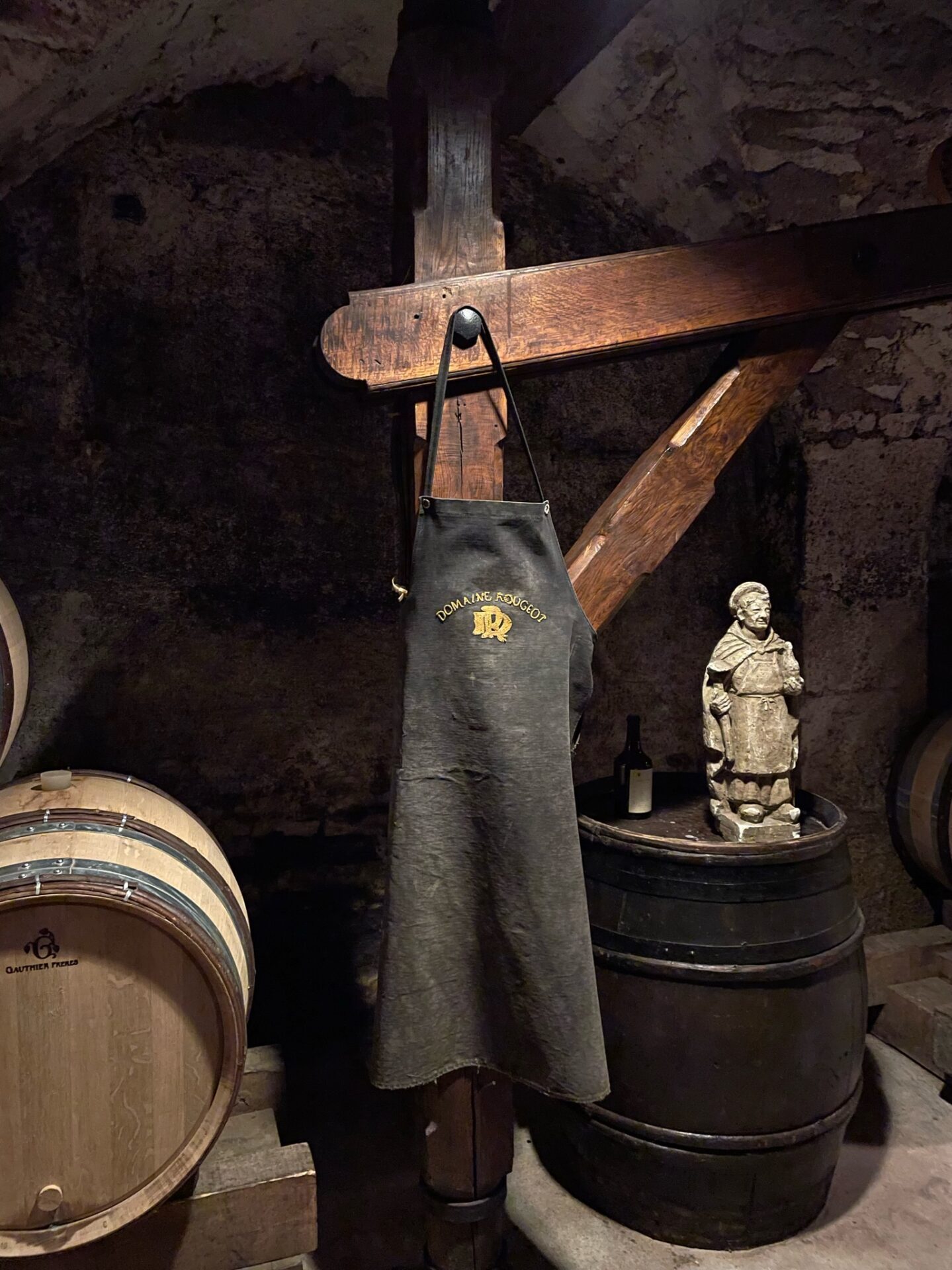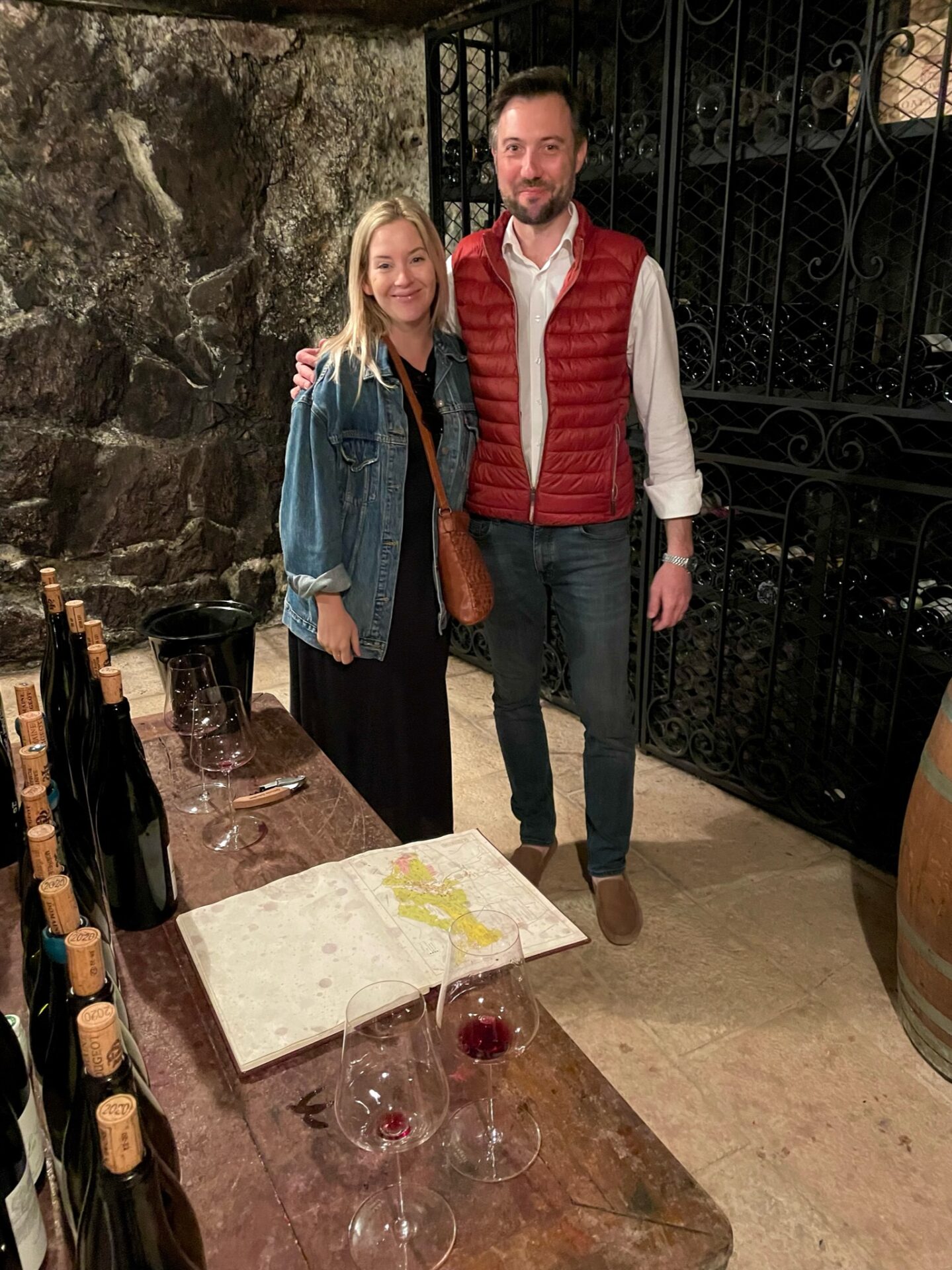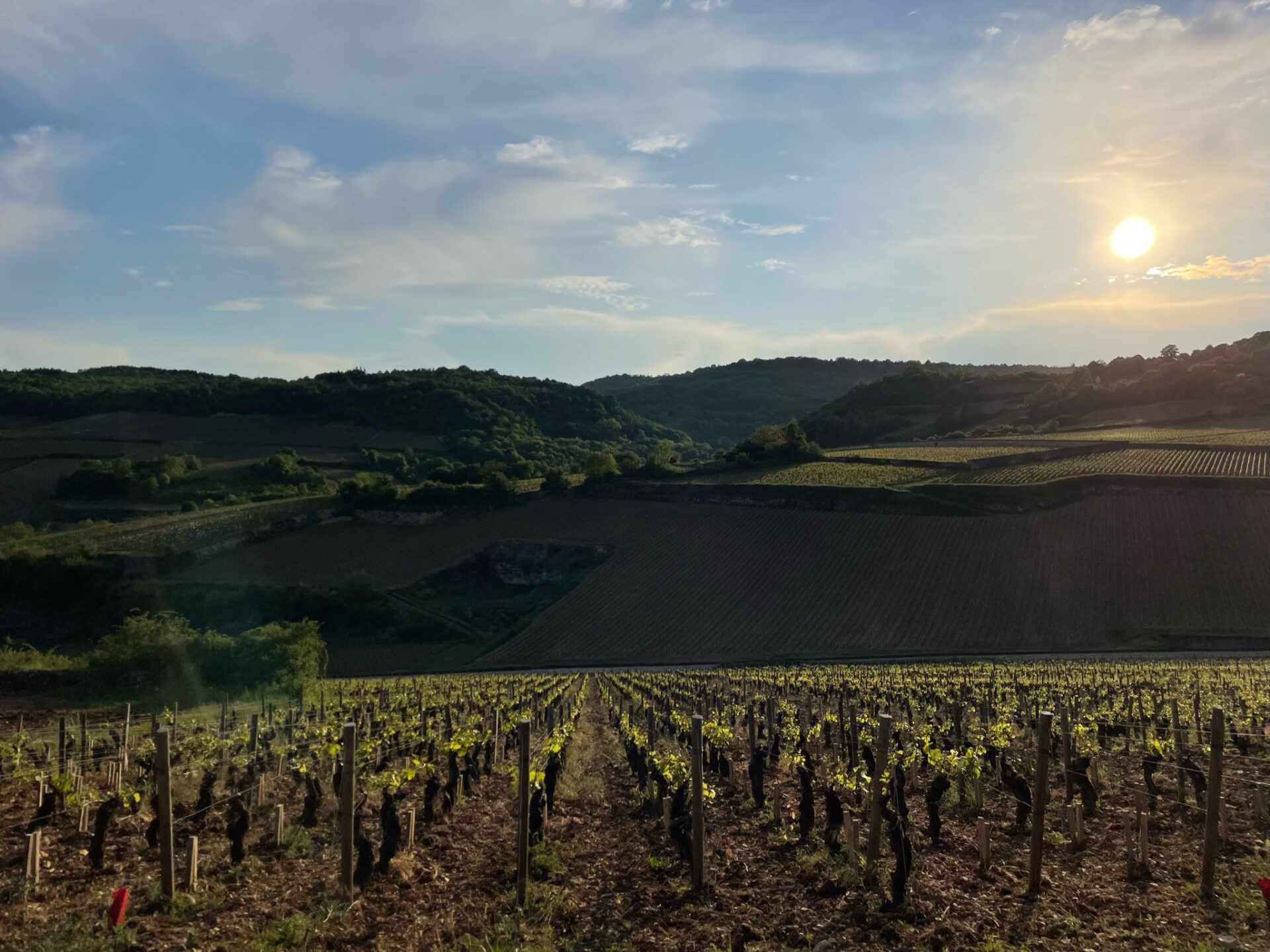2020 Domaine Rougeot Père et Fils Saint-Romain ‘La Combe Bazin’
This could be considered the “sleeper” hit wine from Rougeot. It’s round and creamy with subtle acidity and delicate minerality. This drinks well above its price point.
Organic and biodynamic farming practices, hand-harvested, native yeast fermentation, unfined/unfiltered, and vegan-friendly!
$60.00
Out of stock
Pierre-Henri Rougeot has been quietly producing some of Burgundy’s most enticing, low-intervention wines since 2010. Upon returning to his family’s domaine— an 18th century stone cellar originally built for the Hospices de Beaune (and purchased by his great-great-grandfather in the 19th century), Pierre-Henri has taken an organic approach to farming and implemented a natural style of vinification in the cellar.
Today, the Rougeot holdings span 13 hectares of vines in and around Meursault. Although greatly influenced by Burgundian tradition, Pierre-Henri’s worldly experience has pushed him to craft soft, energetic vin natures that are shaking up the regions scene in the most profound way. All of Pierre-Henri’s wines are vinified with minimal sulfur and each barrel is tasted regularly throughout élevage. Small amounts of SO2 are added when needed to individual barrels. When possible, Rougeot keeps each barrel completely sans soufre and bottles it under the alternate diagonal stripe label. Each cuvée produced from Pierre-Henri’s hands, from Aligoté and Passetoutgrain to his prestigious premiers crus, is bottled as a single-vineyard designation. The wines are energetic, tasty, and wildly complex. It’s surprising that the domaine has maintained such an under-the-radar profile while producing such thought-provoking wines.
CHARDONNAY
As the most popular white grape for growing and consuming, Chardonnay can be made in a wide range of styles. These styles can vary from a sparkling Blanc de Blanc, or fresh fermented in stainless steel, to rich and creamy white wine aged in oak barrels. Notable regions for this grape include Chablis or Burgundy in France, Central Coast, Napa, and Sonoma in CA, and Western Australia. When pairing with food, consider the characteristics of your wine first. No brainer pairing options include seafood, salads, and white meat. Chardonnay, with its vast versatility, is everyone’s best friend.
BURGUNDY, FRANCE
Burgundy is a historical region in east-central France that covers a wide area with ranging climates. The large number of producers and appellations within Burgundy can make the region seem complicated to the eye. At its essence though, Burgundy can be quite simple. This is the home for Pinot Noir and Chardonnay, and these wines are second-to-none around the world. Burgundy winemakers were the pioneers for premium Chardonnay production and continue to provide a benchmark of excellence in viticulture and winemaking for all of their varieties.
Vineyard location is extremely important in Burgundy. The location will determine their quality level within the Burgundy appellation hierarchy. The highest-quality vineyards will generally have a south or southeast facing exposure providing the most access to sunlight and offering protection from westerly winds. These wines may be listed as premier cru or grand cru on the bottle label. Soils in Burgundy can vary depending on the area, but you’ll find many of them are rich in limestone and clay. Burgundian wines can age for many years if stored properly and will often hit their peak drinking age 5-10 years after production. Chablis, the Côte d’Or, Côte Chalonnaise, Mâconnais and Beaujolais are all appellations within Burgundy that have different rules and produce different styles of wines. Perhaps even more well-known are the sub-appellations within. The small villages of Corton, Montrachet, Meursault, and so on have reputations for producing the best white wine in the world.
Meursault, where this wine is from, is located in the southern part of the Cote d’Or and is known for producing an expression of Chardonnay that gives a nuttier, rounded style of wine. We like to say that Meursault acts as a kind of “gateway drug” from the big, buttery California Chardonnays to the more lean and austere versions you will find in areas like Chablis.
